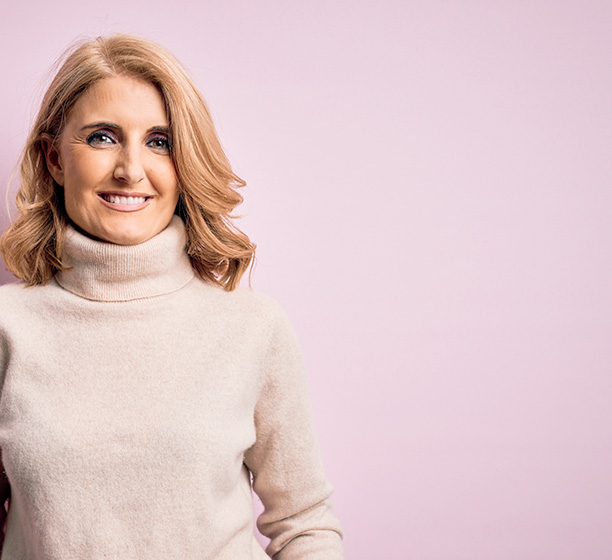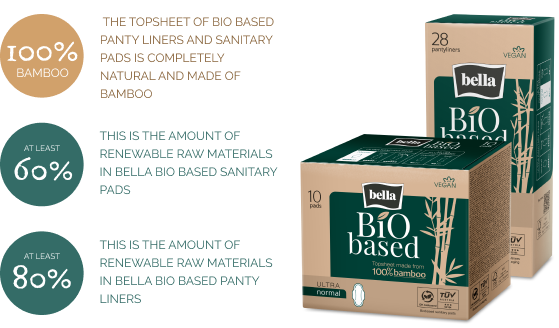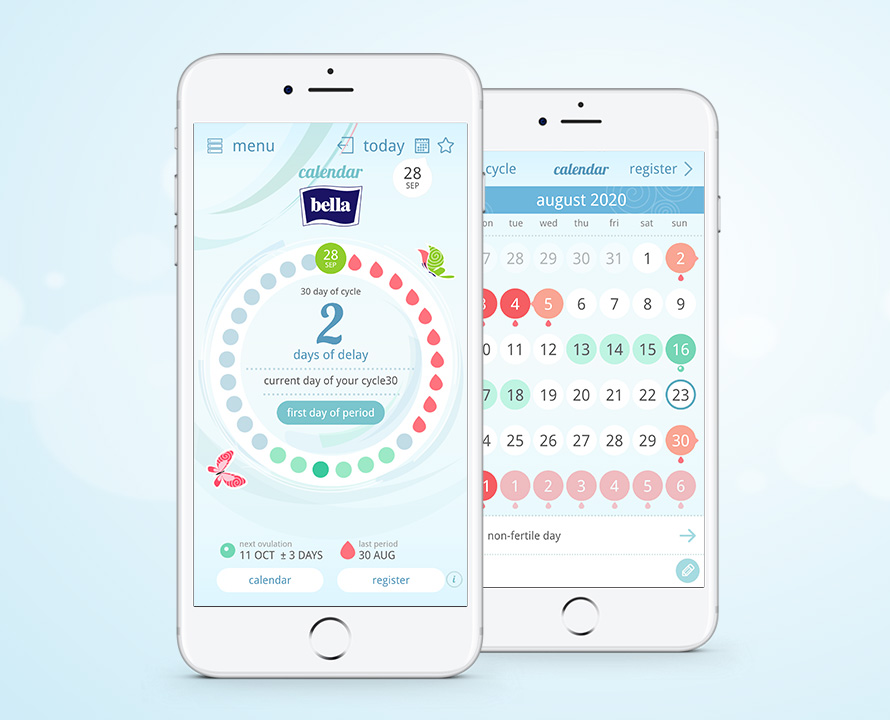 konfigurator
konfigurator
 Products
Products

Menopause – why it occurs and what the symptoms are
Menopause is a scientific name for the last menstruation in a woman’s life. Menopause is preceded by perimenopause. It is a time when the oestrogen production starts to change, the pituitary gland slows down, and the ovaries stop releasing egg cells over time, which makes it impossible for the woman to conceive. Women enter menopause between the age of 45 and 55. The perimenopausal period usually starts around 5-10 years before menopause and marks the beginning of declining fertility.
Perimenopausal period
 The main symptoms of the perimenopausal period include irregular menstruations. Your period bleeding can be heavier, as – due to hormonal deficiencies and anovulatory cycles – the endometrium becomes thicker. Low oestrogen levels are also responsible for hot flushes and cold sweating because it disturbs the thermoregulatory centre. Low levels of this hormone can also cause sleep disorders and irritation as well as reduced concentration and memory disorders. Perimenopause is also associated with reduced testosterone responsible for libido, leading to no mood for sex, which can be particularly hard for the partner. The hormonal therapy can offer a rescue. Depending on the severity of menopause and doctor’s recommendations, hormones can be used, that is oestrogen and progesterone in different configurations.
The main symptoms of the perimenopausal period include irregular menstruations. Your period bleeding can be heavier, as – due to hormonal deficiencies and anovulatory cycles – the endometrium becomes thicker. Low oestrogen levels are also responsible for hot flushes and cold sweating because it disturbs the thermoregulatory centre. Low levels of this hormone can also cause sleep disorders and irritation as well as reduced concentration and memory disorders. Perimenopause is also associated with reduced testosterone responsible for libido, leading to no mood for sex, which can be particularly hard for the partner. The hormonal therapy can offer a rescue. Depending on the severity of menopause and doctor’s recommendations, hormones can be used, that is oestrogen and progesterone in different configurations.

Tips for teenagers
Learn more
Tips
for all
of us
Learn more

Tips in menopause
Learn more#DISPOSEWISELY!
On the packaging of products, such as sanitary napkins, panty liners and tampons, you can see the marking:


It is to clearly indicate where used hygiene products should go and illustrate the consequences of their improper disposal.
Thanks to proper segregation, we contribute to reducing the amount of waste of hygiene products thrown into toilets and, consequently, ending up in the seas and oceans.
Find out more
 Polski
Polski Angielski
Angielski Rosyjski
Rosyjski Czech Republic
Czech Republic India
India Lithuania
Lithuania Germany
Germany Romania
Romania Słowacja
Słowacja Ukraine
Ukraine Hungary
Hungary Austria
Austria Bułgaria
Bułgaria

